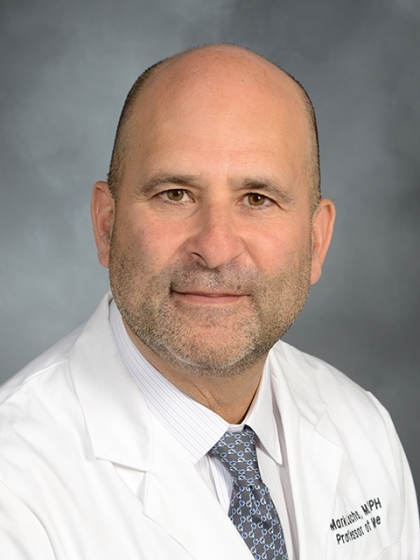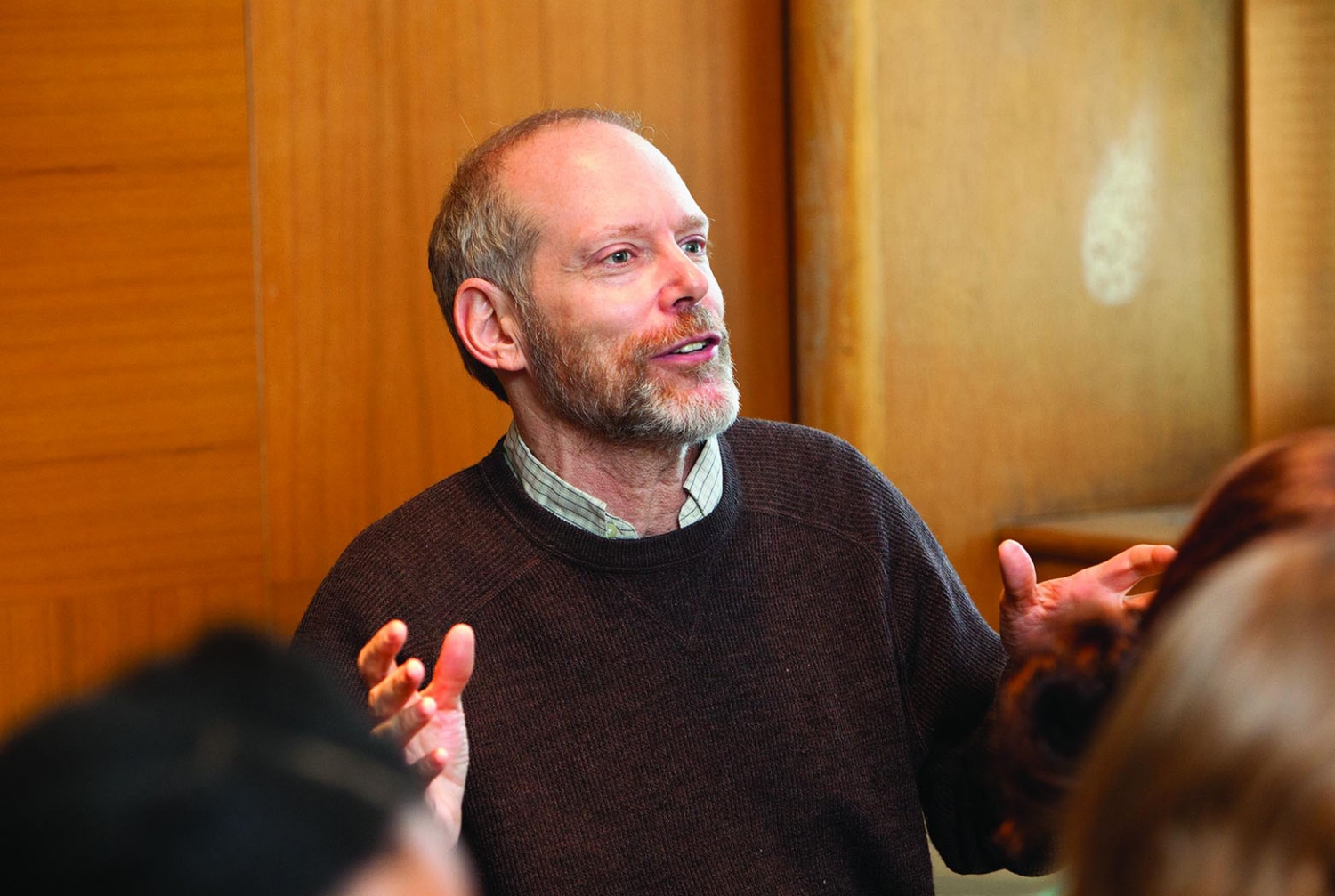Findings Underscore Need for Intervention for Common and Serious Problem
NEW YORK (November 6, 2014) — Inappropriate, disruptive, or hostile behavior between nursing home residents is a sizable and growing problem, according to new research from Weill Cornell Medical College and Cornell University.
The study found that nearly one in five nursing home residents were involved in at least one negative and aggressive encounter with one or more fellow residents over the previous four weeks. These included acts of verbal or physical abuse, inappropriate sexual behavior, or invasion of privacy, among other incidents, known collectively as resident-to-resident elder mistreatment. Researchers discussed the findings today at a press briefing at the 2014 Gerontological Society of America (GSA) Annual Scientific Meeting in Washington. They will present the full study results at a GSA symposium on Nov. 8.
"This is the first study to directly observe and interview residents to determine the prevalence and predictors of elder mistreatment between residents in nursing homes," said Dr. Karl Pillemer, a professor of gerontology in medicine at Weill Cornell and the Hazel E. Reed Professor in the Department of Human Development at Cornell University. "The findings suggest that these altercations are widespread and common in everyday nursing home life. Despite the acute urgency of the problem, resident-to-resident mistreatment is under-reported. Increased awareness and the adoption of effective interventions are greatly needed."
Over the past two decades, researchers, policymakers, and the public have become increasingly concerned with the problem of elder abuse. However, most of this research has been conducted among community-dwelling older adults—that is, those who live someplace other than a nursing home—and focused on mistreatment perpetrated by family members. In recent years, research and clinical experience have shifted the focus to abuse by nursing home staff against vulnerable residents, such as elderly dementia sufferers. But the new study, funded by the National Institute on Aging, suggests that a more frequent threat to residents is aggression committed by other cohabitants.

Dr. Mark Lachs
Dr. Pillemer and his co-author, Dr. Mark Lachs, randomly selected 10 skilled nursing facilities with more than 2,000 residents in New York state. The facilities were comparable in size and classification to other large nursing homes at the state and national level. The researchers used multiple data sources and methods—including staff interviews and reports, direct observation, and a research-based questionnaire for both residents and staff—to record the total number of incidents of mistreatment between residents.
They determined that resident-to-resident elder mistreatment affected 19.8 percent of residents over a four-week period. Specific types of mistreatment included verbal incidents, such as cursing, screaming or yelling at another person (16 percent); physical incidents, such as hitting, kicking or biting (5.7 percent); and sexual incidents, such as exposing one’s genitals, touching other residents, or attempting to gain sexual favors (1.3 percent). A fourth category, which involved 10.5 percent of people, included unwelcome entry into another resident’s room or going through another resident’s possessions.
The research also suggests that individuals who are most likely to be involved in a mistreatment incident are younger, less cognitively and physically impaired, and prone to disruptive behavior, compared to fellow residents. There was no significant difference between men and women, and African Americans were less likely to be involved than non-Latino white and Latino residents. The investigators noted that the study did not distinguish victims from perpetrators of resident-to-resident elder mistreatment.
"People who typically engage in resident-on-resident abuse are somewhat cognitively disabled but physically capable of moving around the facility. Often, their underlying dementia or mood disorder can manifest as verbally or physically aggressive behavior. It’s no surprise that these individuals are more likely to partake in arguments, shouting matches, and pushing and shoving, particularly in such close, crowded quarters," Dr. Pillemer said.
Dr. Pillemer and Dr. Lachs, who is the medical director of the New York City Elder Abuse Center, believe intervention should be targeted toward these individuals. They recommend programs that educate and train nursing home staff to recognize and report resident-to-resident elder mistreatment; provide guidelines for staff to follow when incidents occur; and use an approach that considers the needs and abilities of individual residents.
"We urgently need strategies to address this under-recognized problem, which affects fully one-fifth of all residents, erodes their quality of life, and is stressful for staff to manage," said Dr. Lachs, co-chair of the Division of Geriatrics and Gerontology and the Irene F. and I. Roy Psaty Distinguished Professor of Clinical Medicine at Weill Cornell.
Collaborating on the study was Dr. Jeanne Teresi, Research Division, Hebrew Home for the Aged at Riverdale. The study was funded by grants from the National Institute on Aging (RO1 AG014299), the New York State Department of Health (# C-022657), and the National Institute of Justice (IJ 2009-IJ-CX-0001).
Weill Cornell Medical College
Weill Cornell Medical College, Cornell University’s medical school located in New York City, is committed to excellence in research, teaching, patient care and the advancement of the art and science of medicine, locally, nationally and globally. Physicians and scientists of Weill Cornell Medical College are engaged in cutting-edge research from bench to bedside, aimed at unlocking mysteries of the human body in health and sickness and toward developing new treatments and prevention strategies. In its commitment to global health and education, Weill Cornell has a strong presence in places such as Qatar, Tanzania, Haiti, Brazil, Austria and Turkey. Through the historic Weill Cornell Medical College in Qatar, Cornell University is the first in the U.S. to offer a M.D. degree overseas. Weill Cornell is the birthplace of many medical advances — including the development of the Pap test for cervical cancer, the synthesis of penicillin, the first successful embryo-biopsy pregnancy and birth in the U.S., the first clinical trial of gene therapy for Parkinson’s disease, and most recently, the world’s first successful use of deep brain stimulation to treat a minimally conscious brain-injured patient. Weill Cornell Medical College is affiliated with NewYork-Presbyterian Hospital, where its faculty provides comprehensive patient care at NewYork-Presbyterian Hospital/Weill Cornell Medical Center. The Medical College is also affiliated with Houston Methodist. For more information, visit weill.cornell.edu.
Cornell University College of Human Ecology
The College of Human Ecology, located at Cornell University’s main campus in Ithaca, N.Y., seeks to improve lives by exploring and shaping human connections to natural, social, and built environments. Human Ecology faculty, students, and staff pursue multidisciplinary research across eight major themes: Community and Family Policy; Economics and Federal Policy; Fashion and Technology; Health and Design; Lifespan Development; Neuroscience; Public Health and Nutrition; and Sustainability. For more, visit http://www.human.cornell.edu/.

